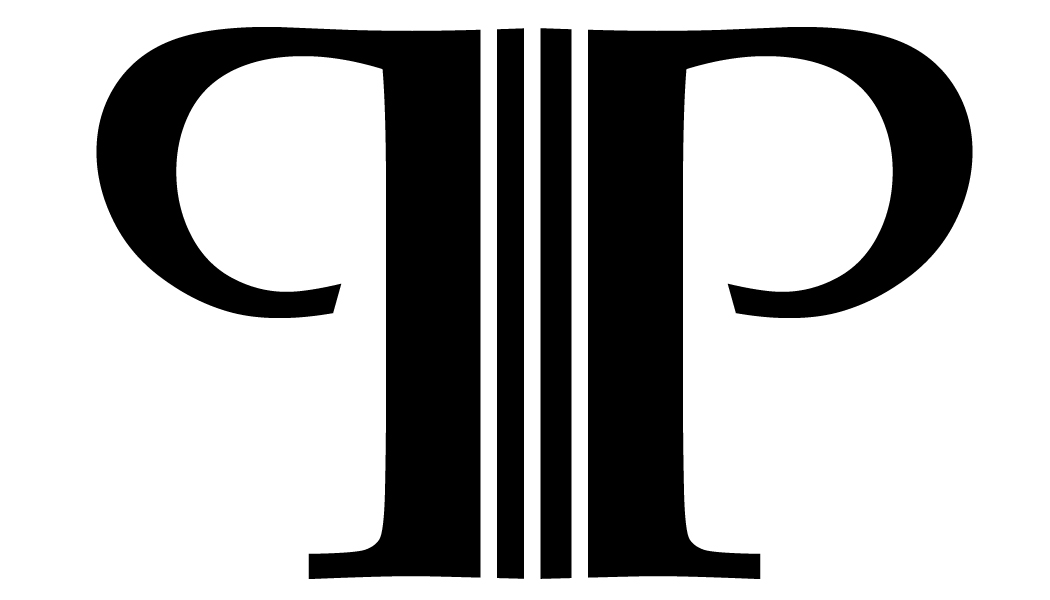Sitting on the stage during the sound check I shield my eyes and look out into the lights to see where Paul and Josh are sitting. I laugh with Tom, the clarinetist, questioning the likelihood of good intonation from a silver flute resting on the cold floor under his chair.
I’m not really concerned about the fact that I’m tethered to my amp by the tiny microphone stuffed between my strings. My concern really lies in the relationship of the feet of my bench to the edge of the small stage. There seems to be a real possibility that I could be moving with the music and simply disappear off the side of the platform. This thought takes up so much of my attention that, in deciding to make that one last trip to the bathroom, I stand, cello in hand, and begin to step down from the stage, turning first directly toward my amp. The feedback is fast and furious. Think high pitched car alarm.
My first performance as a gypsy cellist begins with shouts of “Melissa, sit down!!”
Fortunately the rest goes much better. We start the set and the amplification of the cello is perfect. The audience is able to hear the cello lines and, better still, so am I. It is the first time I have been miked for performance. I was quite uncertain of how I’d feel about it all but even in testing the amp in the store I realized the positive benefit was how really hearing yourself helps with everything from pitch to vibration. Small details are much easier to pick up (pardon the pun): I find myself wondering how the Arensky piano trio would sound amplified….
It was/is new territory for me as a strictly classically trained cellist. I think I was so nervous about anything improvisational that I wasn’t able to fully see/hear the possibilities for true learning and growth.
Playing that night, it was clear to me that what I had been learning was much more about listening than about improvising or adapting to a new style of music.
As we wove the melodies around each other I felt that being out of what I perceived as my element made me more conscious of how my part fit with the other musicians’ and I was able to enjoy “playing” in a completely new way. Reminding me that real growth is only possible through struggle, and with the risk of failure and falling off the stage present.
Melissa Perley

